The characteristics of Costa Rican honey treatment have an in-depth understanding of white honey, yellow honey, red honey and black honey
Coffee-Honey-Red Honey treatment in Costa Rica
Honey? Coffee? What's the difference?
We all know that all good Costa Rica have one thing in common: extremely pure, extremely soft, extremely balanced-and even mellow!
But this summer, this bean is really extraordinary! Pure and gentle, of course, but-- three layers of mellow, three layers of richness, less fresh fruit acid, but full-bodied sweetness, and the combination of chocolate and caramel is so publicized and powerful in both dry and wet fragrance! What is even more amazing is that with such a high mellow thickness and richness, it is almost impossible to feel bitter.
Let's introduce it in detail:
Costa Rican honey treatment
The secret first of all lies in her way of processing-because it is honey treatment!
With regard to honey treatment, here is a brief explanation-once imaginative guests thought of "fried chestnuts with sugar", so they thought that honey treatment was adding honey when baking coffee beans! Hey! You can try fried coffee beans with honey, but the honey treatment here is a different matter!
Honey treatment is actually a kind of coffee bean processing method, which belongs to semi-dry and semi-wet method. Specifically, it can be said that it comes from the natural washing method of Brazil-Pulped Natural, that is, after the picked coffee fruit is peeled off, the coffee with shell beans with residual flesh is directly dried, so that the smell of residual pulp pectin in the drying process will be absorbed by coffee beans, and the processed coffee beans will taste more fermented flesh and sweeter. And the acidity of the coffee will be reduced.
Of course, Costa Rica, a traditional producer of premium Arabica coffee, has always been famous for its delicate washing and processing, and it was not until 2003 that a farm tried the Pulped Natural method for the first time. Because the coffee beans processed in this way have a lot of residual pectin and feel as sticky as honey, they are locally known as "honey process" (Spanish Cafe Miel), or "honey treatment"-this is the source of "honey treatment".
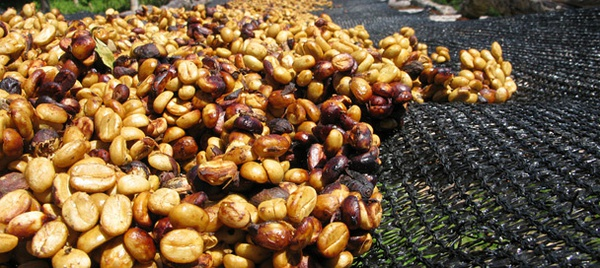
(the residual pulp and pectin on the surface of honey-treated coffee beans are clearly visible.)
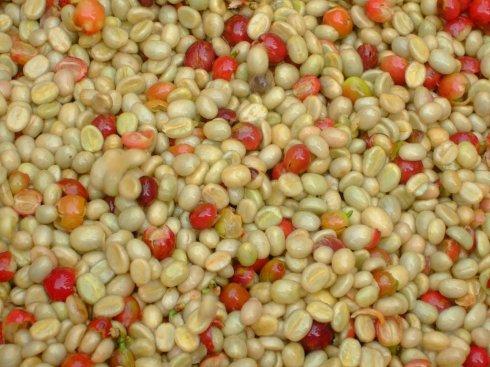
(the surface of washed coffee with shell beans is very clean.)
After many attempts, coffee farmers in Costa Rica have found that honey-treated beans have made a great breakthrough in flavor-mellow, sweetness and richness, and even the sweetness in the aftertaste is unusual. so this method began to be popularized in some small boutique coffee farms in Costa Rica and Central America.
With the promotion of honey treatment, its processing technology has become more mature and fine. according to the amount of pulp and pectin retained before drying and the drying process, honey treatment is gradually divided into four ways: "white honey", "yellow honey", "red honey" and "black honey".
White honey: when drying, the coffee fruit retains only 20% of the pulp, thin layer drying, more turning times, and short drying time.
Yellow honey: coffee beans retain the least residual pulp and pectin when drying, and the drying time is relatively short, usually about 8 days, and the final processed coffee with shell beans is yellow.
Red honey: it retains more residual pulp and pectin than yellow honey, takes longer to dry, and takes more shade to avoid long direct sun exposure, which takes about 12 days.
Black honey: retain the most residual pulp and pectin, need longer drying time, and suitable for shade drying, should not be directly exposed to the sun. This is the most complex and difficult way, and the cost is the highest, but if handled well, you can get the best mellow thickness and rich taste.
The three ways of honey treatment have their own characteristics in taste, and all of them increase the thickness and richness of alcohol compared with the washing method, but to different degrees. Increase the thickness of alcohol while better avoid the miscellaneous smell of the sun, of course, this has higher requirements for coffee fruit picking and processing process control-to pick 100% ripe red fruit, and the sun, temperature and humidity in the drying process should be properly controlled, otherwise it is easy to produce mildew, excessive fermentation and other changes and lose flavor.
After figuring out the three kinds of honey treatments, let's take a look at this black honey Costa Rica.
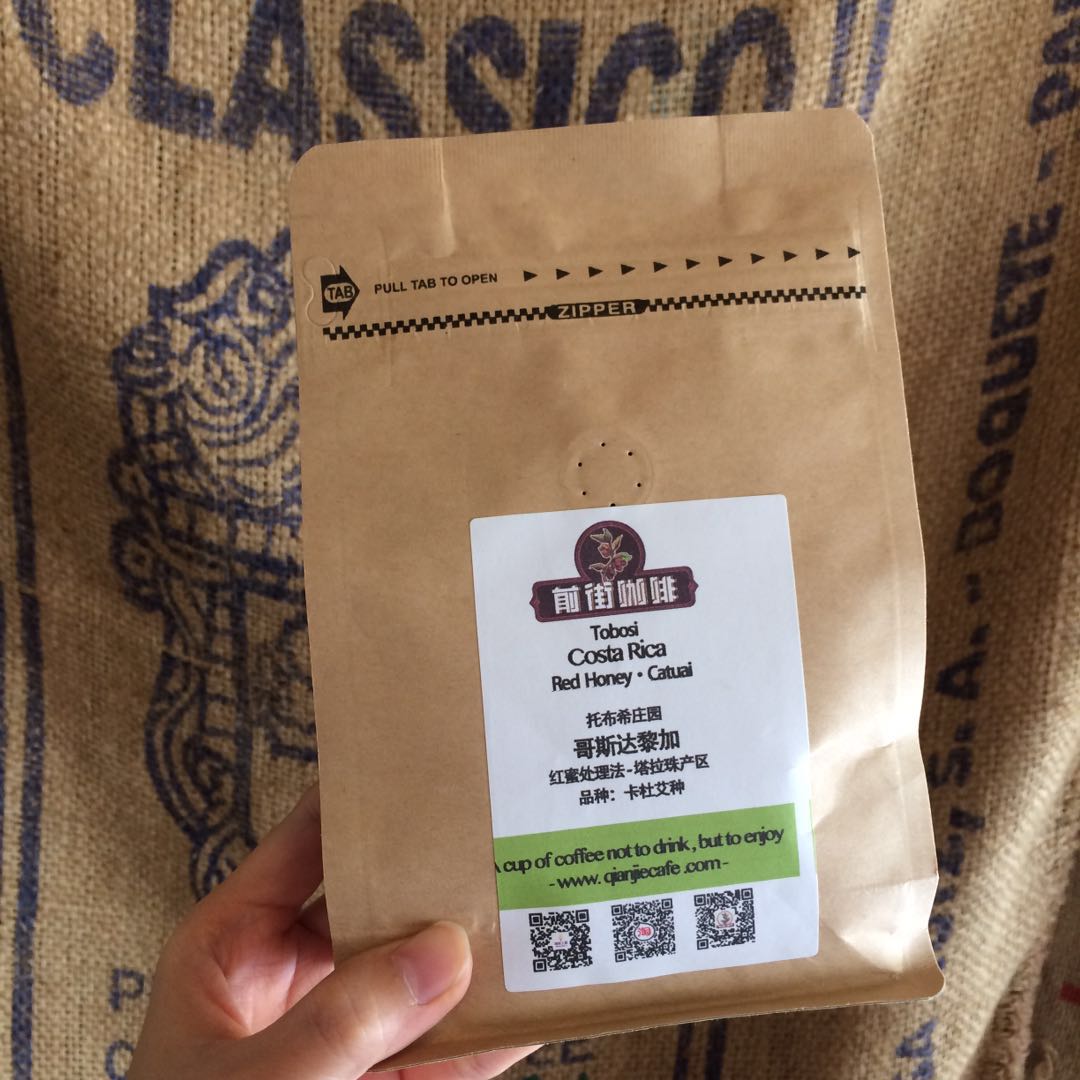
The so-called famous coffee is famous. This black honey comes from the Finca Las Lajas estate. The coffee tree grows at an altitude of 1300 meters 1500 above sea level, and its appearance is obviously different from the past. The yellowish-green beans still have a residual dark brown silver skin and smell of sweet preserved raisins and apricots. And the sweetness in the cup is even worse. even after drinking the coffee, the bottom of the cup is still sweet caramel, completely subverting the refreshing and soft style of Costa Rica. Of course, such a wonderful flavor not only benefits from its processing method, but also the right baking is the key. We use the baking degree of city- to maximize the wonderful flavor and rich taste of this bean, while chocolate flavor and caramel sweetness. Even after it is cool, it does not decrease at all. Of course, some friends will say that this sweetness also reminds people of honey-the best jujube nectar, hehe! In this way, this is really a honey-treated coffee with honey fragrance.
Important Notice :
前街咖啡 FrontStreet Coffee has moved to new addredd:
FrontStreet Coffee Address: 315,Donghua East Road,GuangZhou
Tel:020 38364473
- Prev
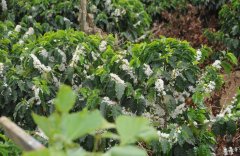
Flavor characteristics of coffee producing area information of addis ketema Adis coffee in Yechuefi, Ethiopia
The exchange of professional baristas please follow the coffee workshop (Wechat official account cafe_style) Ethiopia is the country where coffee was first discovered, and it is still the most important producing country and the best in terms of coffee quality and output. Most coffee is the traditional Arabica species, with an annual output of about 350000 tons and more than 70% exported to countries around the world. About 15 million people in the country are engaged in coffee.
- Next
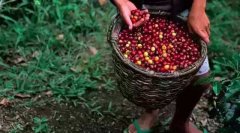
Introduction to the Flavor of Sun-dried Yega Chevy Coffee Bean
Yega Sheffield, Ethiopia: harvest time: October-February of the following year: G1 varieties: Native Arabica,Bourbon,Typica, planting height: 1900 m ~ 2100 m processing method: sun flavor characteristics: BlackBerry, strawberry jam, sweet orange, wine, apple, honey, long finish, mellow thickness is located in Ye
Related
- Detailed explanation of Jadeite planting Land in Panamanian Jadeite Manor introduction to the grading system of Jadeite competitive bidding, Red bid, Green bid and Rose Summer
- Story of Coffee planting in Brenka region of Costa Rica Stonehenge Manor anaerobic heavy honey treatment of flavor mouth
- What's on the barrel of Blue Mountain Coffee beans?
- Can American coffee also pull flowers? How to use hot American style to pull out a good-looking pattern?
- Can you make a cold extract with coffee beans? What is the right proportion for cold-extracted coffee formula?
- Indonesian PWN Gold Mandrine Coffee Origin Features Flavor How to Chong? Mandolin coffee is American.
- A brief introduction to the flavor characteristics of Brazilian yellow bourbon coffee beans
- What is the effect of different water quality on the flavor of cold-extracted coffee? What kind of water is best for brewing coffee?
- Why do you think of Rose Summer whenever you mention Panamanian coffee?
- Introduction to the characteristics of authentic blue mountain coffee bean producing areas? What is the CIB Coffee Authority in Jamaica?

